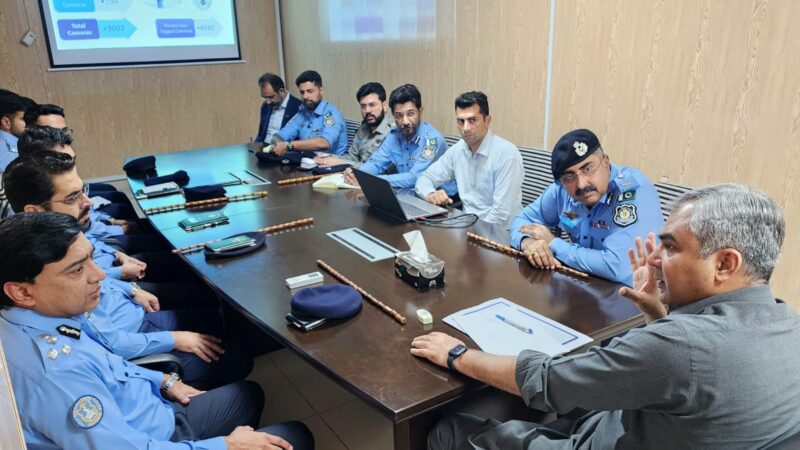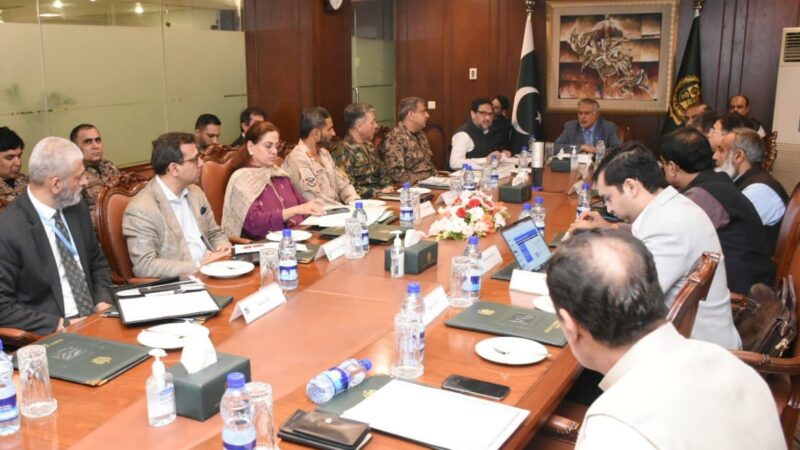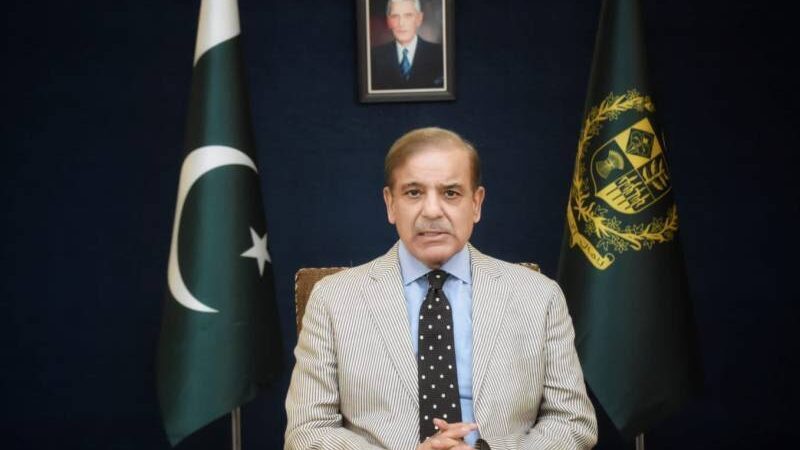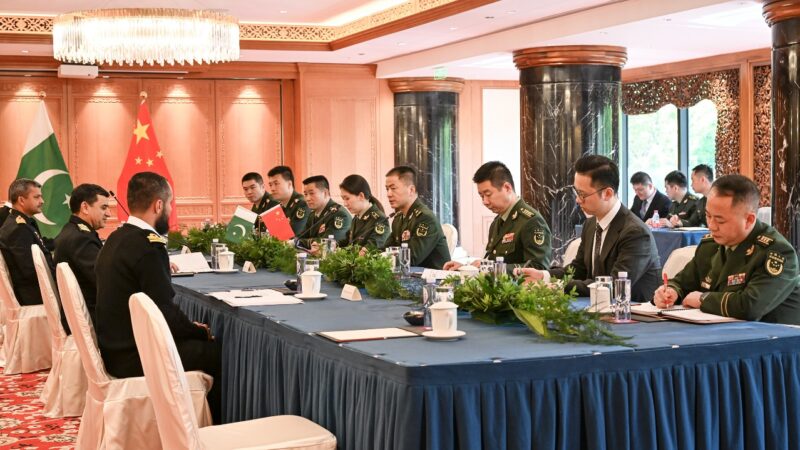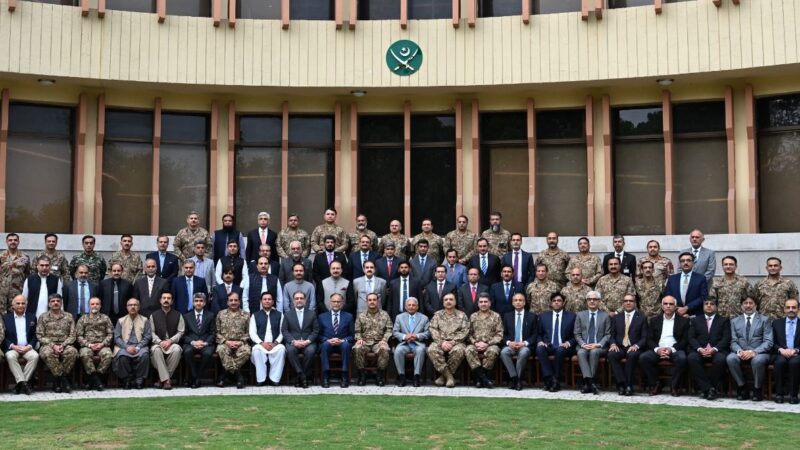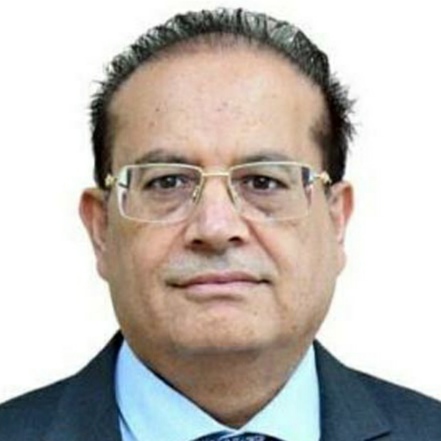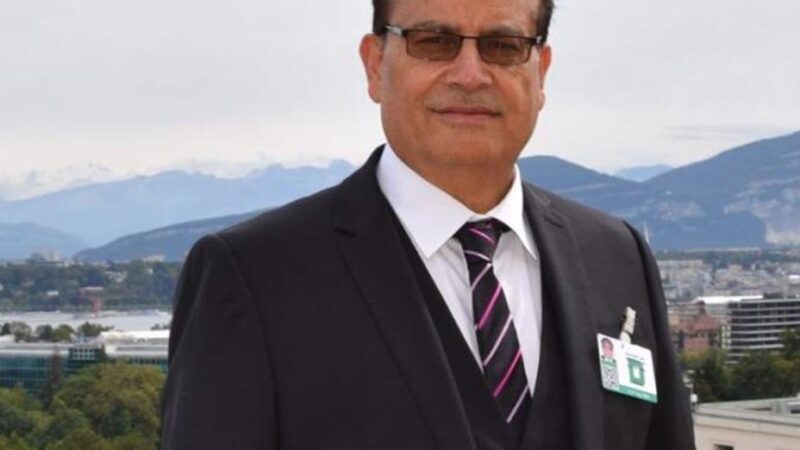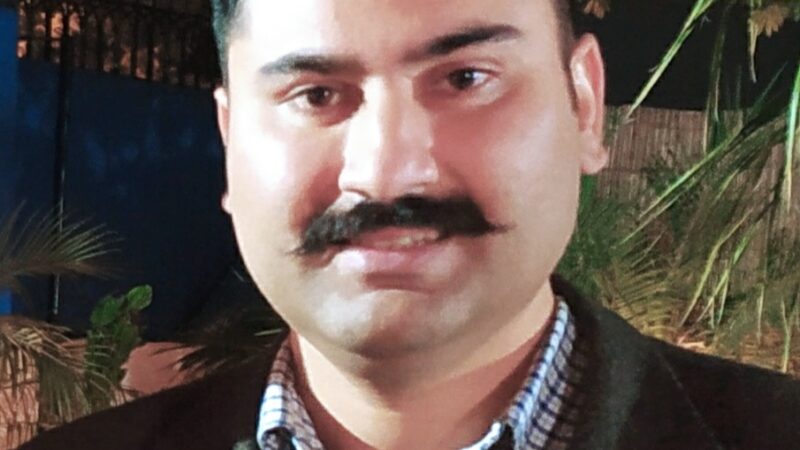By Qamar Bashir
Former Press Secretary to the President
Former Press Minister to the Embassy of Pakistan to France
Former MD, SRBC
I was sitting in my office when I received a telephone call from the President of Pakistan who was still airborne in a special plane from Islamabad to Lahore to discuss the appointment of a new army chief with the chairman of the PTI. He directed me to keep two press releases ready. The Prime Minister had advised the President to appoint General Asim Munir as the Chief of the army staff, but the president was of the view that the head of one of the biggest parties should be consulted before he consented to the proposed appointment. The president used his magic to secure his appointment. Had he failed Pakistan might have been moving in a different direction.
Following the call on by the Army Chief, Joint Chief of the army staff, on the President, when President’s Secretary, Mr. Waqar Ahmad, asked about my impression, I replied that the body language of the new chief exuded a sense of extraordinary determination and focus, evident in the depth of his eyes, suggesting he had significant ambitions and plans ahead.
Subsequently, his distinct approach became evident. He initiated a complete overhaul of border and coastline control practices. His decisive actions targeted illegal money exchanges, dismantling the Hawala Hundi business, and curbing the smuggling of currency, petrol, and other commodities. Additionally, he streamlined trade and investment policies, ensuring their consistency and effectiveness through the Special Investment Facilitation Council (SIFC).
He purged the illegal aliens despite potential disapproval from the US, the West, and the Afghan interim government. His strategic outreach to China yielded significant progress on the CPEC project, accelerating the pace of investment and launching a second phase focused on agricultural development, industrial zones, research & development, and skill development. He also revived the Kashmir issue, supported Pakistan’s principled stance on the Israeli-Hamas conflict, advocated for an immediate ceasefire and urged peaceful resolution of the Russia-Ukraine War without siding with either party.
Given the differences in perspectives between the US and Pakistan on these issues, the recent army chief’s visit was a complex and sensitive diplomatic endeavor. Details about the visit remain largely confidential, but confirmed meetings included high-ranking US officials like Secretary of State Blinken, Defense Secretary Austin, and CENTCOM leadership. While no joint statement was issued, a positive tone emerged with General Austin calling Pakistan a “major non-NATO ally” and Mr. Miller expressing interest in future collaboration on regional security and defense. Discussions reportedly focused on potential areas of cooperation like military ties, regional security efforts, counterterrorism, and economic partnerships. Though specific agreements remain unconfirmed, the visit laid the groundwork for potential future collaboration despite existing differences.
The focus of the visit seemed to be on establishing trust and paving the way for future collaboration, rather than unveiling immediate, tangible results. With details largely under wraps, the visit’s specific outcomes and long-term impact remain shrouded in uncertainty, awaiting either official clarifications or potential leaks through media channels.
The US and Western media covered the entire visit. The coverage generally reflected the complexities of the US-Pakistan relationship, with both optimism and skepticism regarding the potential for progress. Some outlets highlight the shared interests and potential for cooperation, while others focus on past tensions and unresolved issues. Foreign Policy website emphasized the potential for the visit to reset US-Pakistan relations and explore common interests in combating terrorism and stabilizing Afghanistan.
The New York Times highlighted that Pakistan’s New Army Chief who is faced with Taliban Threat sought improved U.S relations and expressed Pakistan’s desire to work with the US. The Wall Street Journal said : “Pakistan’s top General sought to reset uneasy ties,” highlights the importance of Pakistan for US interests in the region and sees the visit as an opportunity to address outstanding issues.
The Washington Post said that Pakistan sought U.S. Aid to help the country to overcome its economic woes. The Los Angeles Times said Pakistan’s Army Chief sought closer U.S. ties during “Tense Visit,” emphasizing the complex history of the US-Pakistan relationship and pointing to ongoing disagreements over various issues like Afghanistan and terrorism.
Army chief’s visit also sparked a flurry of attention in the Indian media. It highlighted India’s security concerns, and the potential impact on regional dynamics. It recognized the strategic importance of US-Pakistan ties for regional stability, viewing it as an avenue to address mutual challenges like terrorism. It expressed worries about potential shifts in US priorities, cautioning against any perceived tilt towards Pakistan that might strain India-US relations. Amidst these concerns, there were calls for India to engage actively with the US while ensuring its own interests and apprehensions regarding Pakistan are adequately addressed. Various publications, including The Times of India, The Indian Express, Hindustan Times, and Deccan Chronicle, offered diverse perspectives, underlining the intricacies and tensions in the regional geopolitical landscape.
The visit also drew significant attention in Chinese media. While outlets like People’s Daily underscored regional security cooperation and discussions on Afghanistan and terrorism as positive steps, CGTN focused on the potential for improved US-Pakistan relations, emphasizing economic cooperation and stability in South Asia. The Global Times adopted an analytical stance, examining implications for India-Pakistan and India-US relations, urging regional stability. Overall, Chinese media aimed for a balanced portrayal, highlighting the visit’s potential for positive developments while acknowledging its complex international context, avoiding contentious issues, and maintaining a neutral, professional tone.
Pakistan media showcased multiple narratives, with some outlets emphasizing the potential for strengthened ties between the two nations, discussing regional security cooperation, economic partnerships, and potential military agreements. Others focused on shared challenges like Afghanistan’s security situation and regional instability, viewing the visit as an opportunity for joint efforts to address these concerns. Certain media acknowledge the historical complexities in US-Pakistan relations and urged a balanced stance that upholds Pakistan’s national interests.
The main key word used by the official releases and the media coverage are: “NATO,” “partner,” “regional security,” “defense cooperation,” “trust,” “cooperation,”reset,” “terrorism,” “Afghanistan,” “Taliban Threat,” “economic woes,” “perceptions,” “regional dynamics,” “skepticism,” “security concerns,” “US priorities,” “India-US relations,” “Pakistan’s track record,” “cross-border terrorism,” “human rights issues,” “strategic balance,” “Afghanistan troop withdrawal.” These keywords perhaps explains the entire gambit of the US-Pakistan Relations.
This visit was specifically important as it was done when the US-India relations are at the lowest ebb. US accusations regarding the Sikh leader’s killing and the rejection of India’s Republic Day invitation by the US President have undoubtedly added complexity to the dynamic. This has resulted in increased friction and uncertainty in communication between the two governments. Collaboration on regional and global issues like counterterrorism and climate change have faced setbacks and both countries are exploring closer ties with other partners.
The current visit of the Army Chief had given a vital opening to Pakistan to create its own niche and nudge itself closer to the one of the most powerful superpowers of all times. This can accrue immense benefits to Pakistan. Pakistan can increase its economic, trade and investment ties with the USA. Attract US investment and expertise in critical technologies like Artificial intelligence, cloud computing, cybersecurity, renewable energy, and biotechnology quantum computing, blockchain, advanced robotics and gene editing which are poised to revolutionize the future.
Apparently, Pakistan used this visit to acquire US expertises in counterterrorism such as training, intelligence sharing,and equipment access, improving Pakistan’s ability to combat militant groups and border security threats.
The visit had given Pakistan an opportunity to seek access to US technology and military hardware to upgrade Pakistan’s defense capabilities, enhancing its deterrence against potential threats and improving overall regional security. This visit allowed Pakistan to build closer ties with the US to enhance Pakistan’s international standing and potentially open doors to greater diplomatic and economic cooperation with other countries.
Army chief, with his emphasis to improve Pakistan’s financial and economic outlook, most likely used this visit to bolster economic ties with the US, strategically harnessing their relationship across multiple fronts. In trade, Pakistan positioned itself as a gateway to broader South Asian markets, leveraging its strengths in sectors like textiles, agriculture, and IT services to attract US investment and explore preferential trade agreements. On the investment front, Pakistan sought US assistance to improve its infrastructure projects and special economic zones.
Pakistan’s strategic approach towards fostering relations with both the US and China rests on emphasizing shared interests while maintaining transparency and safeguarding its national priorities. Highlighting mutual concerns like regional security, economic cooperation, and climate change with both nations is crucial for building trust and showcasing the value of partnerships.
Anchored in its national interests, Pakistan strives for economic development, internal stability, and regional peace, recognizing that a strong, prosperous Pakistan aligns with the interests of both major powers.
In this intricate landscape, Pakistan navigates deliberately, ensuring each step taken aligns with its national objectives and positively impacts relations with both the US and China.

